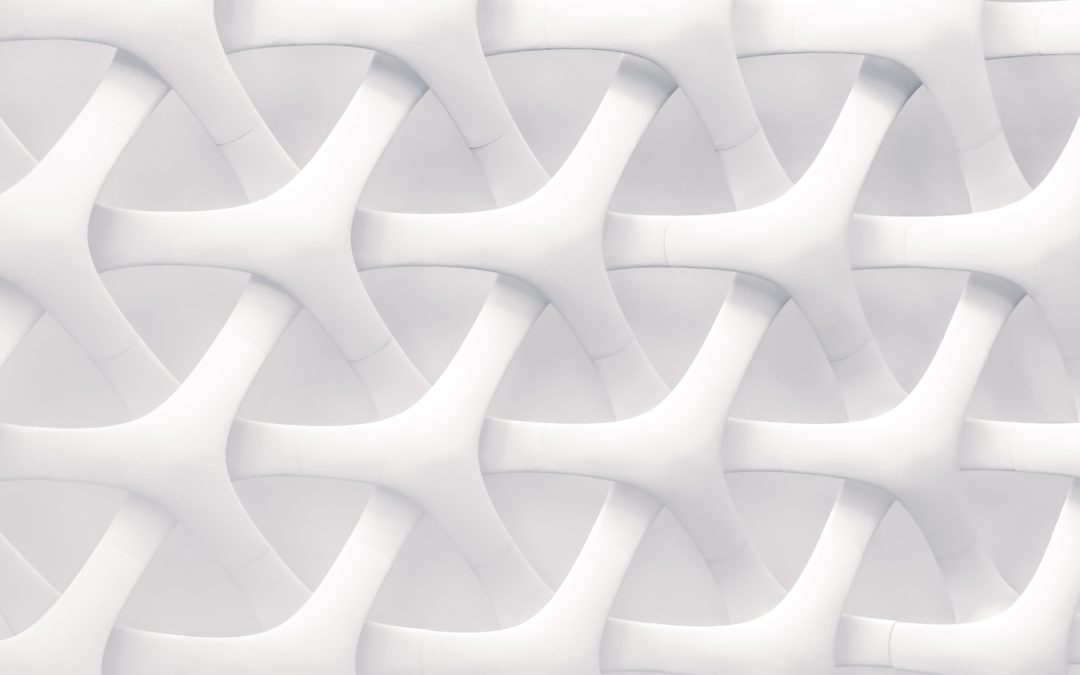The Fascial Manipulation Method is a publication featuring actual case reports. This publication is dedicated to the deepening our understanding of the common dysfunctions we encounter in our clinical practice, how they present and how they can be treated with Fascial Manipulation. Professionals tell us their cases, accurately describing the patients symptomatology, the working plan they have chosen and the results obtained due to the treatment. The names of the patients have been modified for privacy reasons.
The patient comes to the clinic one year after her last visit (February 2020) in which she presented with non-specific pain in the left knee, in the right heel when walking and in the right hip when getting out of the car. The patient reported resolution of symptoms after therapy here in which we treated of the horizontal plane and two CFs. She had no symptoms in the lower limbs until December.
In the last months, the symptom picture of ulcerative colitis, from which she has suffered since 2012, has worsened. Her immunosuppressive and biological therapies have been suspended and she is currently undergoing a course of colon hydrotherapy combined with rectal oxygen-ozone therapy.
She comes to the clinic because, since December, she has complained of widespread pain from the hip to the heel in the posterior region of the legs which is accentuated when sitting and, in particular, during defecation. Following the worsening of ulcerative colitis in recent months, the patient reports 4-5 bowel movements per day accompanied by a “rope-like”pain that spreads to the back of the leg.
The ante flexion motor verification provokes an exacerbation of the presenting symptoms that were, in fact, present when she was sitting during the interview.
I hypothesize referred pain of visceral origin. The involvement of the respiratory system is excluded and the digestive system is palpated.
We proceed with the palpation of the catenaries of the trunk and, surprisingly, note how the abdomen is not tense and has only a small densification in an-la-pv 1 right.
The control catenary shows a minimal densification in an-la-cl. I decided to proceed with the latero-latero line.
No major densifications are noted on palpation of the pivot and distal points. I palpated the posterior pivot and distal points. Here the points of re-la-ta 1 bilaterally, re-la-cx right and re-lage 1 left are very densified.
We proceed with the treatment. Immediately at the resolution of the densifications of the bilateral re-la-ta1 points, the patient reports a marked decrease in the anterior flexion symptoms. These symptoms are completely negated at the end of the treatment of the last 2 densified two points. The minimum densification in an-la-pv 1 dx was now negative. The patient reports a feeling of lightness in both lower limbs.
After one week the patient reports a maintaining of the improvements.

